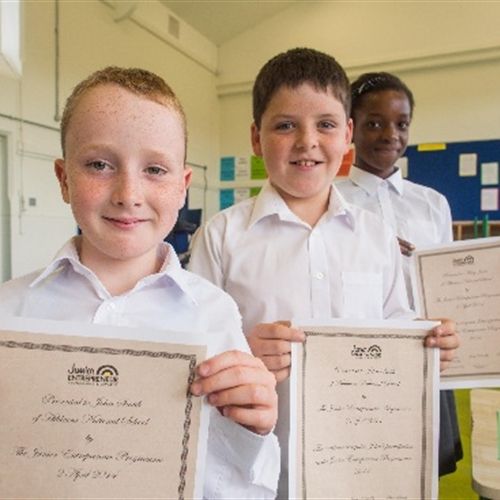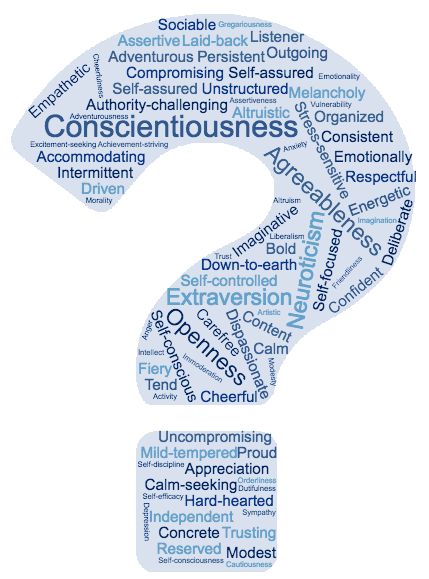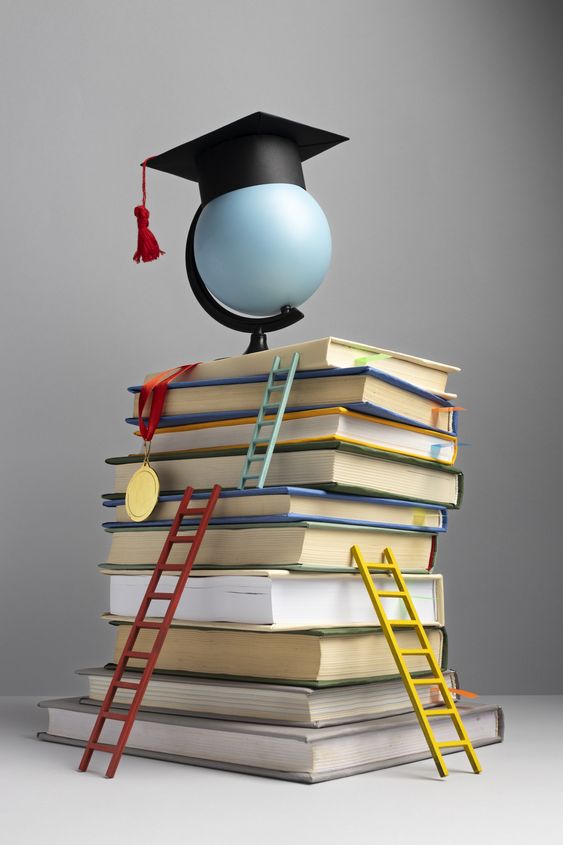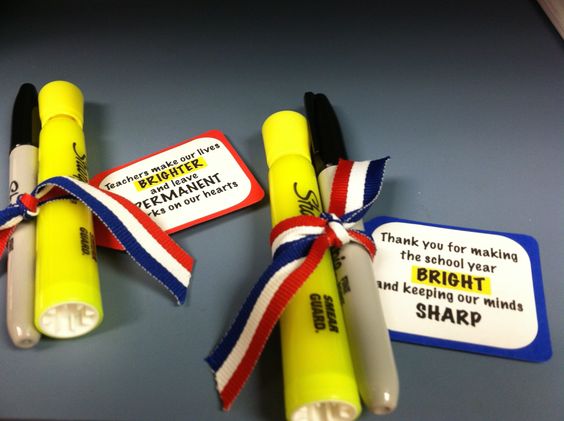Introduction:
Don’t let your love for baseball be limited to the field; bring it home with these 20 grand slam baseball activities and crafts for kids. These creative ideas will not only keep your little ones entertained, but also help them develop their motor skills and creativity. So gather your supplies, pick a few of your favorites from this list, and get ready to hit it out of the park!
1. DIY Baseball Pennants
Create mini baseball pennants using felt and markers to show support for your favorite team.
2. Paper Plate Baseball
Decorate paper plates as baseballs using red markers or paint. Play catch or hang them up as decorations.
3. Handprint Baseballs
Trace your child’s hand on a white paper, cut it out and draw red stitching details to create a personalized baseball keepsake.
4. Popsicle Stick Ballpark
Build a tiny ballpark model using Popsicle sticks, glue, and paint.
5. Baseball Cap Decorating
Provide plain baseball caps, fabric markers, and patches for kids to customize.
6. Baseball Bat Wind Chimes
Craft wind chimes by hanging painted miniature bats with beads on a string inside a hoop.
7. Toilet Paper Roll Players
Transform toilet paper rolls into cute little baseball players with markers or paint and construction paper uniforms.
8. Home Run Derby Game
Set up a mini field in your backyard with bases made from cardboard, and let kids practice their hitting skills in a home run derby contest.
9. Baseball Glove Cookies
Bake cookies in the shape of gloves using a cookie cutter or create glove designs with frosting on regular round cookies.
10. Baseball Keychain Craft
Make fun keychains by attaching mini baseballs to key rings with nylon cord.
11. Clay Ball Players
Sculpt tiny clay figurines of baseball players in various field positions.
12. Sunflower Seed Art
Draw baseball-themed pictures using glue and sunflower seeds as your main material.
13. Baseball Card Swap Party
Invite friends over for a baseball card trading party to encourage kids to build their collections.
14. Baseball Sudoku
Create baseball-themed sudoku puzzles for your young fan to solve.
15. DIY Slider Bracelets
String colorful beads onto a cord, and use baseball charms as centerpieces for custom slider bracelets.
16. Fingerprint Baseballs
Print white cardstock with fingerprints and paint or markers, then transform the prints into mini baseballs by drawing stitches with red markers.
17. Home Plate Hopscotch
Design a hopscotch game using home plates as the stepping stones.
18. Baseball Tic Tac Toe
Use cracker boxes to create a tic tac toe board and play the game with mini bats and balls as markers.
19. Baseball Coloring Pages
Print out pictures of various baseball scenes, players, or logos for kids to color in their favorite team’s hues.
20. Puppet Show Play-by-Play
Invent a puppet show with characters acting out exciting moments from famous baseball games and have your kids provide the play-by-play commentary.
Conclusion:
With these 20 grand slam baseball activities and crafts in your arsenal, you’ll never run out of fun ideas to keep your kids entertained while also celebrating the sport they love. Dive right into these activities and enjoy the creative process as you bond with your children over their favorite pastime. Play ball!







